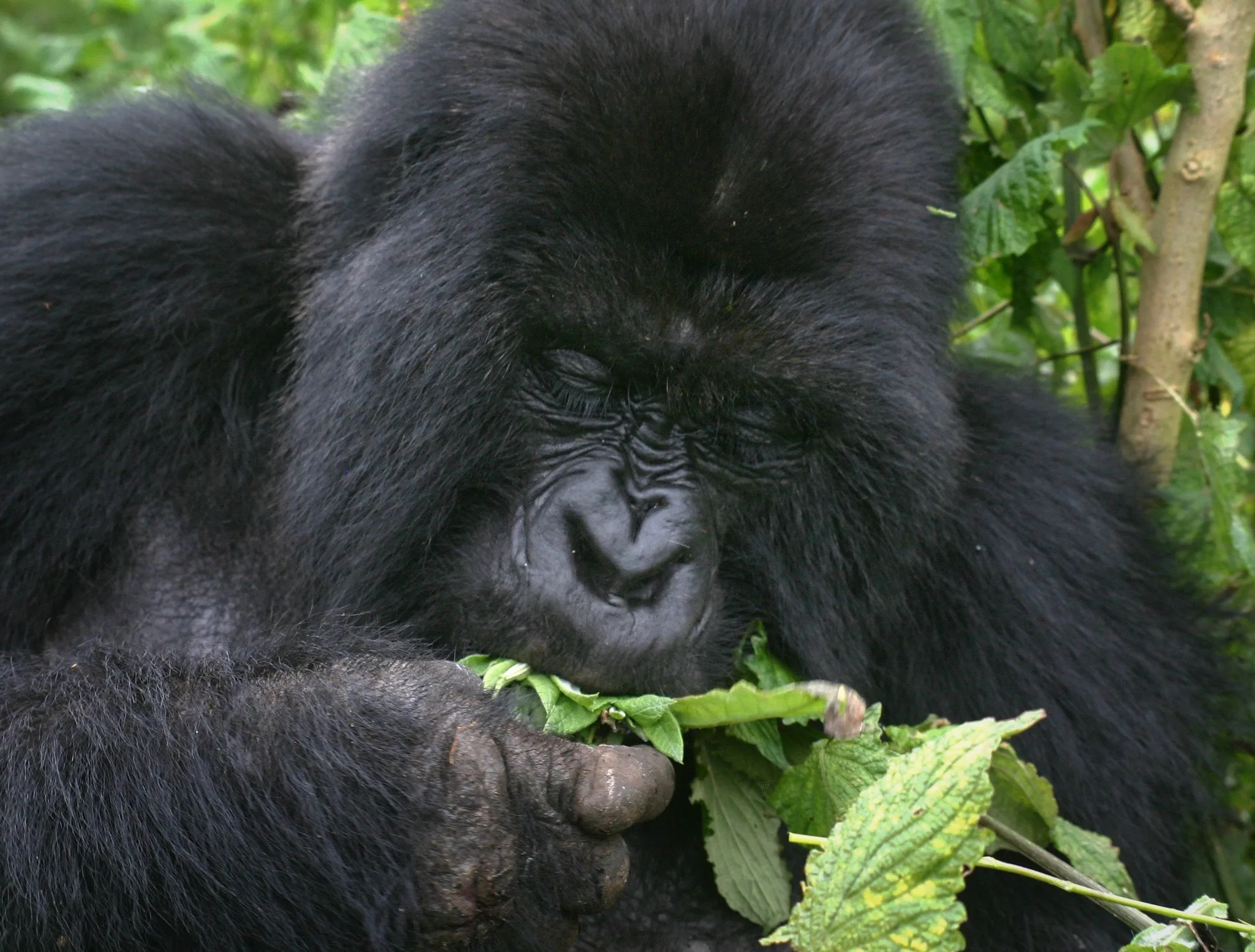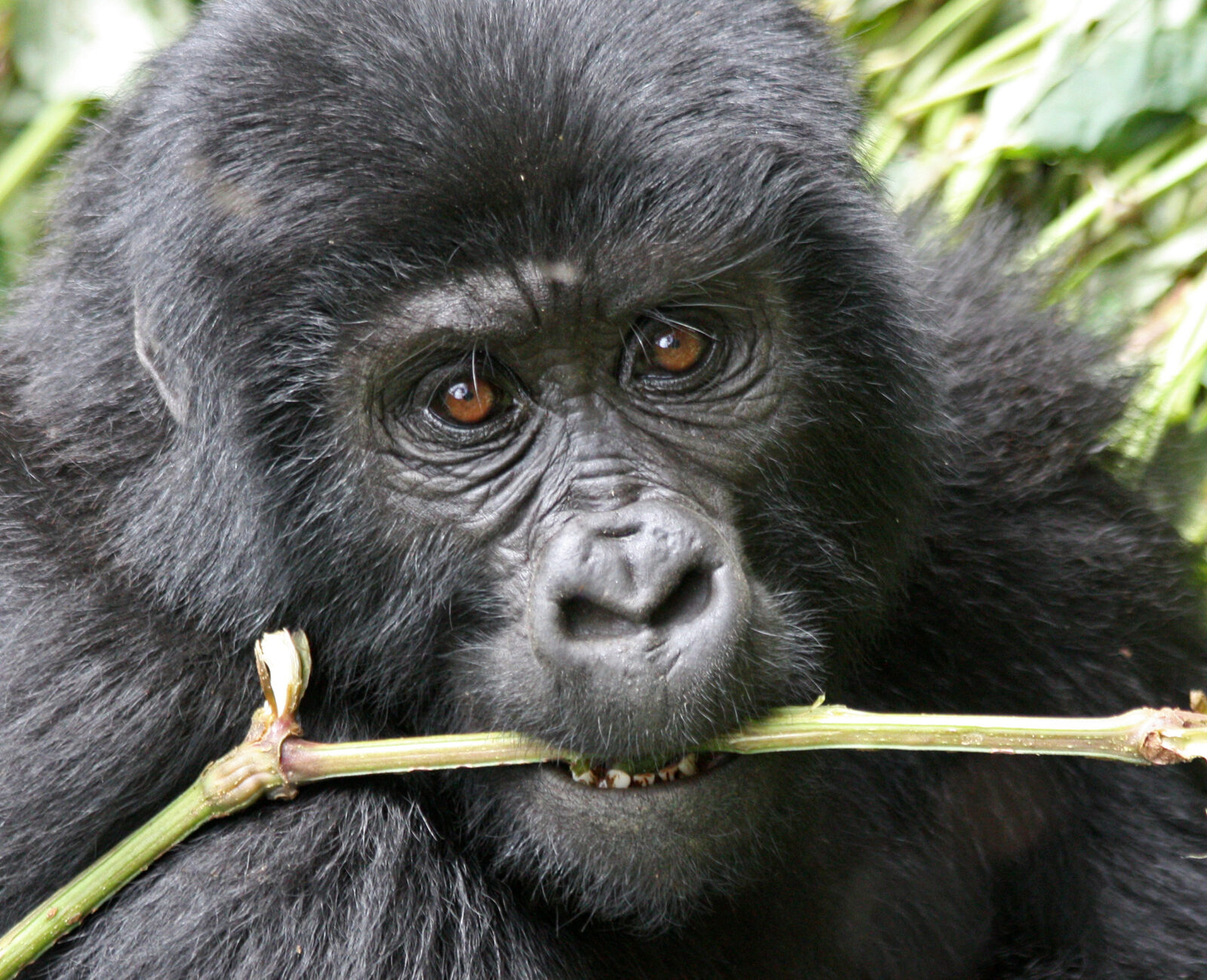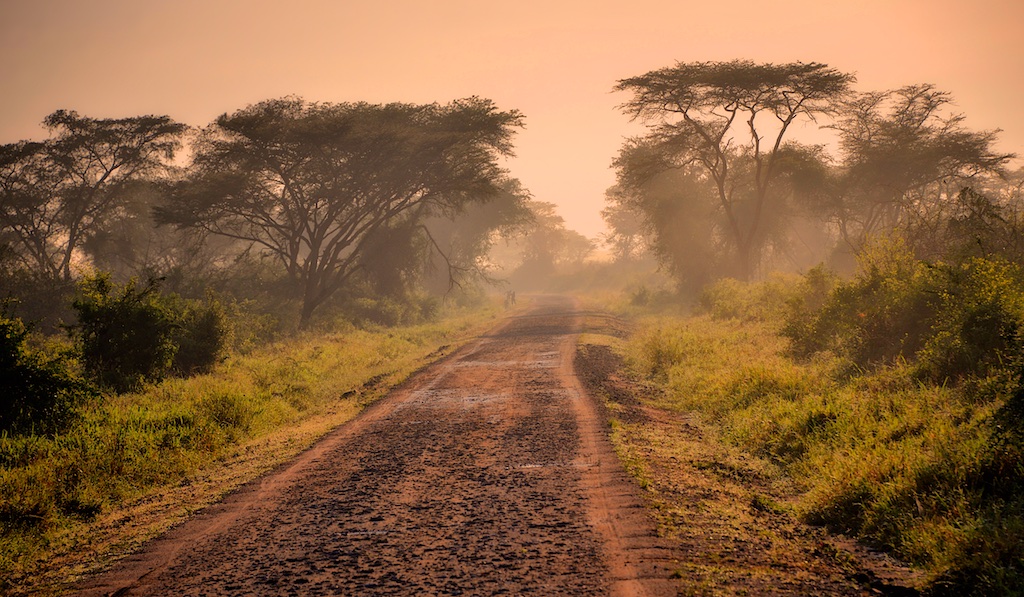Best Time for Gorilla Habituation in Uganda: A Complete Guide to Gorilla Trekking and Habituation in Uganda – Gorilla Trekking Safaris
Gorilla habituation in Uganda offers a unique opportunity to spend extended time with mountain gorillas in their natural habitat. Unlike standard gorilla trekking, gorilla habituation allows you to observe these majestic creatures for up to four hours as they go about their daily lives. However, timing is crucial to ensure the best experience. In this blog, we’ll explore the best time for gorilla habituation in Uganda, helping you plan your adventure to perfection.
Understanding Gorilla Habituation
Before diving into the best time for gorilla habituation in Uganda, it’s important to understand what this activity entails. Gorilla habituation is the process of gradually acclimating wild gorillas to human presence. This process is essential for the conservation of gorillas, as it allows researchers and tourists to observe and protect them without causing distress.
Gorilla habituation in Uganda is conducted in the Bwindi Impenetrable National Park, home to nearly half of the world’s mountain gorilla population. During this experience, you accompany researchers and trackers as they interact with a gorilla group undergoing habituation. This extended time allows for a deeper understanding of gorilla behavior, making it a must-do for wildlife enthusiasts.
The Best Time for Gorilla Habituation in Uganda
The best time for gorilla habituation in Uganda is largely influenced by the country’s two main seasons: the dry season and the rainy season. Each season has its pros and cons, and your choice will depend on your preferences and priorities.
Dry Season (June to September & December to February)
The dry season is widely regarded as the best time for gorilla habituation in Uganda. During these months, the weather is more predictable, with less rainfall and clearer skies. The dry conditions make trekking through the dense forests of Bwindi easier and more enjoyable. Trails are less muddy, and the chances of slipping or getting stuck are minimized.
Moreover, the dry season offers better visibility, which is crucial when trying to spot gorillas in the thick vegetation. The gorillas themselves are more active during this period, as they do not have to seek shelter from the rain. The dry season also coincides with Uganda’s peak tourist season, so booking your gorilla habituation experience well in advance is advisable.
However, it’s important to note that the dry season is also the busiest time for gorilla habituation in Uganda. This means more tourists and potentially higher prices for permits and accommodation. If you prefer a quieter experience, you might want to consider visiting during the shoulder months of December and February, when the weather is still relatively dry, but there are fewer visitors.
Rainy Season (March to May & October to November)
The rainy season in Uganda is less popular for gorilla habituation, but it still has its unique advantages. During these months, the forests of Bwindi are lush and vibrant, providing a stunning backdrop for your gorilla experience. The rain brings out the beauty of the forest, with waterfalls and rivers flowing at their peak.
The rainy season also offers a more intimate gorilla habituation experience, as there are fewer tourists. This means you may have more one-on-one time with the gorillas and the guides. Additionally, the rainy season is when the gorillas are more likely to stay in one area, making them easier to locate.
However, the rainy season comes with its challenges. The trails can be slippery and muddy, making the trek more difficult. Heavy rains can also limit visibility and disrupt your plans. Despite these challenges, some adventurous travelers find the rainy season to be the best time for gorilla habituation in Uganda, as it offers a more authentic and raw experience.
Tips for Planning Your Gorilla Habituation Experience
Regardless of the time you choose for gorilla habituation in Uganda, here are some tips to ensure a successful experience:
Book in Advance: Gorilla habituation permits are limited, so it’s essential to book early, especially during the dry season.
Pack Appropriately: Whether it’s the dry or rainy season, packing the right gear is crucial. Waterproof clothing, sturdy hiking boots, and insect repellent are must-haves.
Stay Fit: Gorilla habituation requires trekking through dense forests, sometimes for several hours. Ensure you’re physically prepared for the challenge.
Hire a Porter: Local porters can assist with carrying your gear and provide support during the trek. Hiring a porter also supports the local economy.
Choosing the best time for gorilla habituation in Uganda depends on your preferences and what you seek from the experience. The dry season offers easier trekking and better visibility, while the rainy season provides a more intimate and adventurous experience. Regardless of when you go, gorilla habituation in Uganda is a once-in-a-lifetime opportunity to connect with one of the world’s most incredible animals. Plan your trip carefully, and you’ll be rewarded with memories that will last a lifetime.



